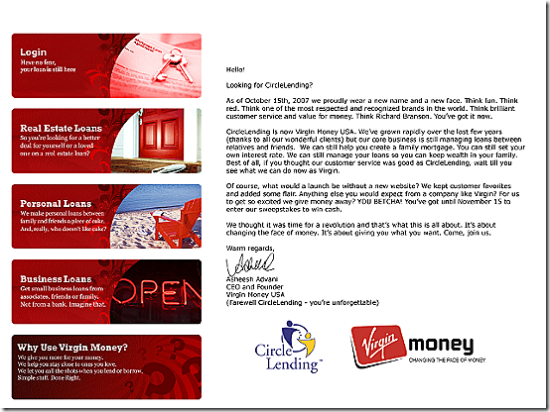 Today I received my first alert (see screenshot below) since subscribing to Experian's credit-monitoring service about 4 weeks ago. While I appreciate the heads up, the user experience is not at all what I want.
Today I received my first alert (see screenshot below) since subscribing to Experian's credit-monitoring service about 4 weeks ago. While I appreciate the heads up, the user experience is not at all what I want.
Here are the problems: 
1. Cries wolf. All the alert tells me is that there was a "key change" posted to my file. Is it a routine credit inquiry (which I was expecting) or did someone just open an account at Best Buy in my name? The only way to find out is to log in to my FreeCreditReport account, which took three minutes since I couldn't remember the username/password. Please provide more info in the alert so I can better gauge the severity of the situation.
2. Not phish proof: While Experian does use my first and last name in the salutation, thereby improving believability, additional personalization is needed to help users know it's genuine, especially when the company's log-in process requires input of a social security number confirmation after login. 
3. Not enough trust: I've worked with Experian for more than a decade so I know and trust them. However, the average Joe/Jo doesn't really know whether FreeCreditReport is a trustworthy company or not. Credit monitoring alerts are too easy to miss if they don't come from a recognizable and trusted name. It would be much better if they came from the user's financial institution or card issuer, someone with whom they do business on a monthly basis, so the emails don't end up in some spam filter.
4. Not integrated with online banking: I really don't want to remember yet another username and password, nor do I want to spend five minutes of my day logging into another website to verify there are no criminals using my credit files. Credit monitoring and credit scores should be integrated into online banking so I can keep track while doing my normal banking.
5. Doesn't tell me what to do: In this particular case, I knew about the inquiry, but what if I didn't recognize it. The website doesn't provide any info on what to do if I did not authorize the inquiry, which could be the first sign of serious identity takeover (see screenshot below).
For more information, see our recent Online Banking Report on Credit Monitoring Services here.
Email alert from Experian's FreeCreditReport service (24 Oct. 2007)
























